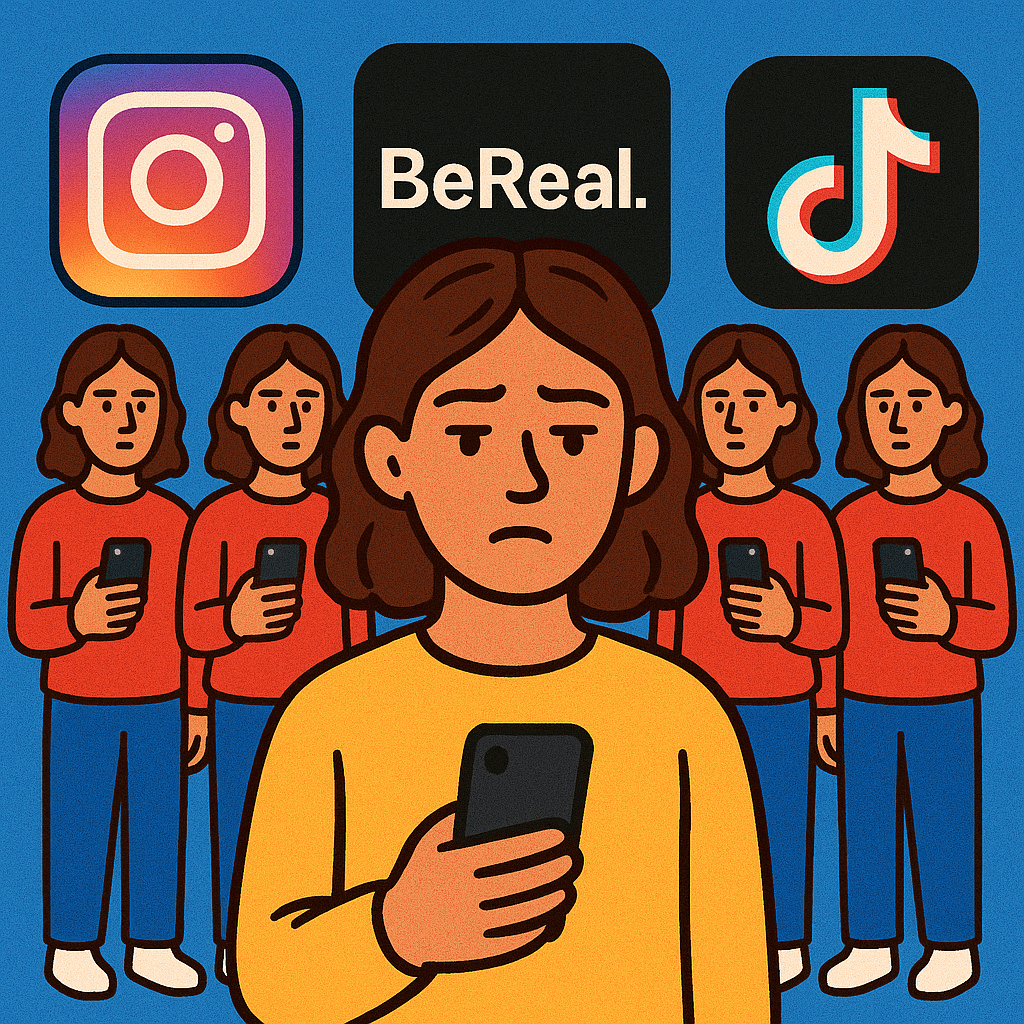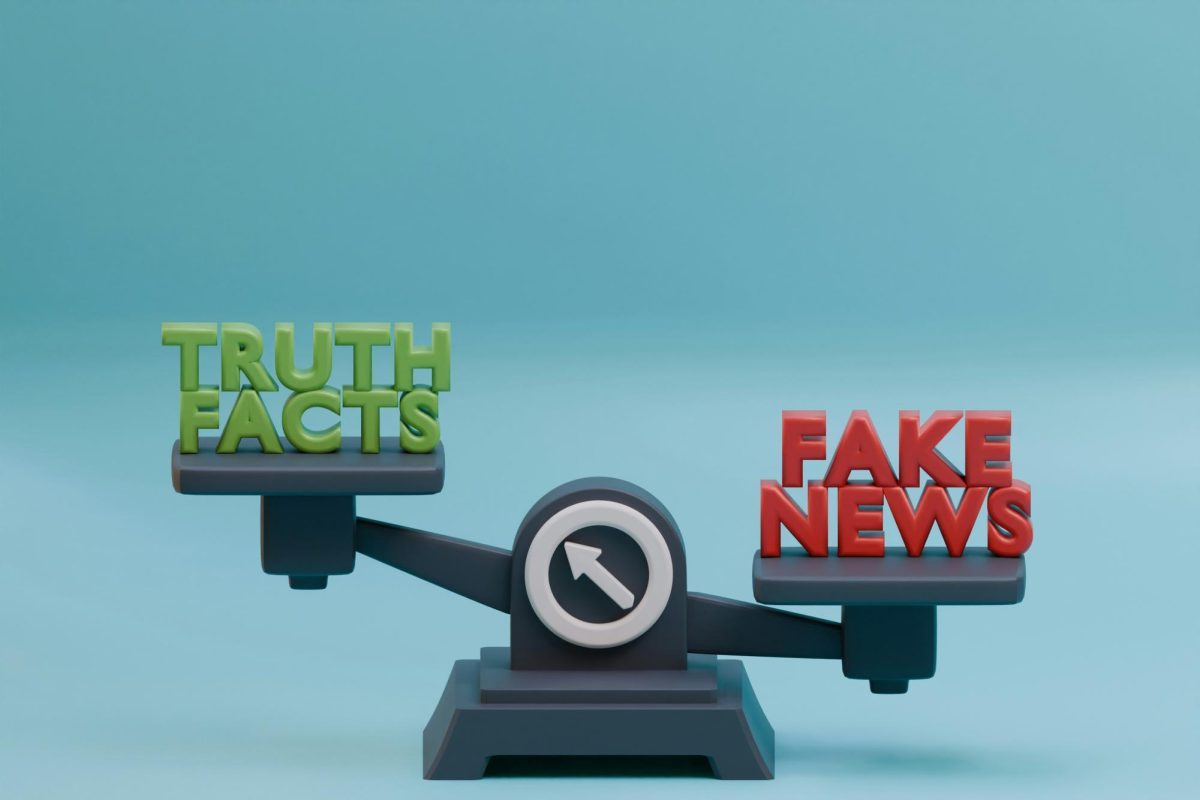Danielle Chan, Newsletter Editor
After watching Jeff Orlowski’s docudrama, The Social Dilemma, the wheels in my brain began to turn when noticing several factors that, having been highlighted in the film, could lead to severe consequences if unnoticed. The Social Dilemma explored the damage social media could give rise to society, bringing in technological experts and creators of media applications to speak with alarm and warning towards what they had created.
It has been acknowledged that social media platforms, such as Instagram or Facebook, track our likes and search history. Google, a search engine that dominates 87% of market share as of July 2020, collects our browser history and uses the data when presenting advertisements and suggestions to viewers. While some may propose that social media has had its positive effects – reuniting lost loved ones, playing the bridge between partners despite long distances, and convenience across all aspects – these platforms also play key influencers in the polarization across social, cultural, and political beliefs.
Polarization, by definition, is the “division into two sharply distinct opposites.” When we like photos or posts, we indicate to social media algorithms that we have taken an interest or liking towards the content displayed. When we enter searches into search engines, we show the algorithms that we are “looking” for a certain something. These social media algorithms then show us what we want to see, displaying more media and advertisements that share a link with our search or like history. One could essentially say that we live in “filter bubbles.” We are stuck in an inconspicuous delusion, exposed to ideas that have been “filtered” based on the data we have indicated to these platforms we find interesting.
A multitude of users is continuously displayed with an increase in information that appeals to their interests. It should be important to note that not all that everyone sees on social media or search engines are without flaws and instead could be subject to biases or propaganda. Misinformation can be spread easily from user to user, yet viewers may believe them to be true as they can see others who support these false beliefs. They do not see sources of information that contradict their preexisting ideas, remaining in an illusioned fantasy that only strengthens their convictions.
Viewers see countless forms of media that carry the same logic as theirs, allowing them to put more faith and confidence in their ways of thought. In its essence, social media feeds its users the information they want to see, subtracting the supposed threat of opposing or disbelieving members from the equation.
Conspiracy theories gain believers, political rivals gain supporters, and viewers become polarized. The myriad of social media users cannot see other points of view and become short-sighted with the insistence that their values are “the only true beliefs,” the “correct ideas” as there are “many others who believe share the same logic as well.” They do not seek to understand rival “false information” despite the deception social media filters impose.
These scenarios reveal how extreme beliefs can be constructed through the incessant use of social media, as these applications show users what they want to see – those who share similar views, passions, or ideas – thus allowing them to delve deeper into the messy spirals of their own beliefs.
Politicians can influence voters through social media advertising, where algorithms share promises made by political leaders to users they already know would agree with these concepts, thus increasing the figure’s audience and possibly voters. Viewers may see a post coming from conspiracy groups and, out of interest, click on it. When showing even the slightest hint of interest, algorithms provide these viewers with more information regarding the theory in mind, increasing their attentivity to these thoughts and allowing them to believe there are many others following these theories as well. Their beliefs grow stronger as they see more and more figures who stand behind these ideas.
The very roots of the concept of polarization stem from the differences between extreme beliefs. Social media plays an essential factor in driving more and more of society into building walls against those who do not share similar views, causing polarization where more and more divide against those who are not like themselves. Social media has begun its journey into slowly unweaving the fabrics that hold people as one, subtly destroying the acceptance between different rationalization methods and sewing together a society that behaves cold and unaccepting to those who are unique.


